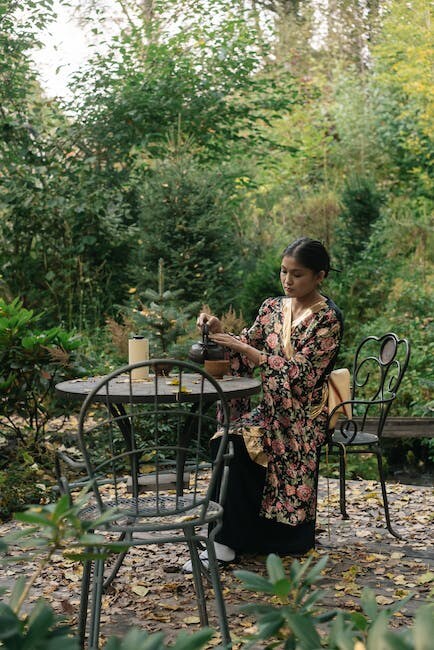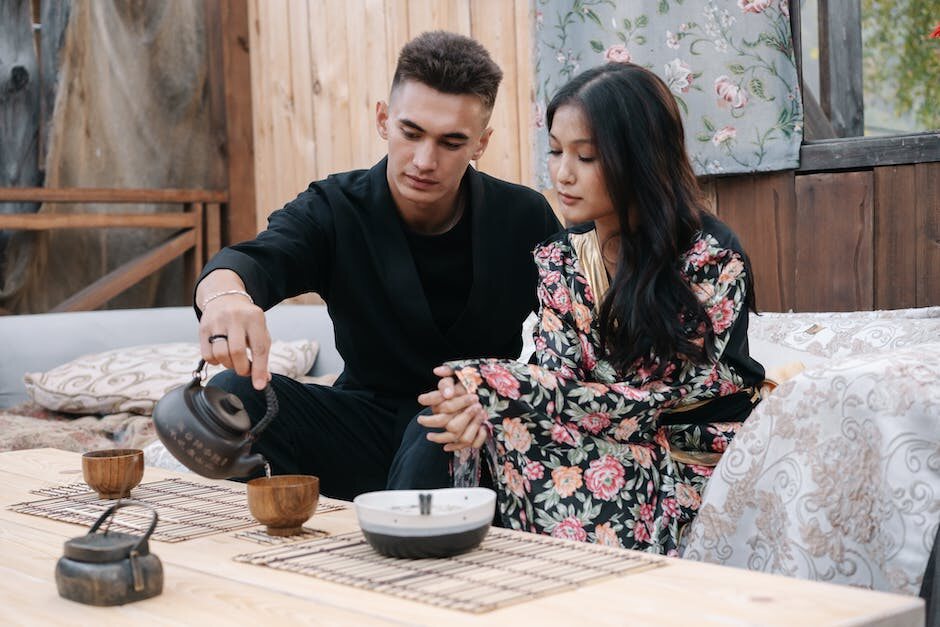Introduction to Japanese Tea Pots
Japan is renowned for its rich tea culture and exquisite tea pots. Japanese tea pots, also known as kyusu, are not only functional vessels for brewing tea but also works of art that reflect the beauty and tradition of Japanese craftsmanship.
Tea plays a significant role in Japanese culture, and the art of tea drinking is deeply rooted in the country’s history. Japanese tea pots are designed to enhance the tea brewing experience, showcasing the delicate flavors and aromas of different types of tea.
In this article, we will explore the different types of Japanese tea pots, delve into the history and significance of Japanese tea ceremonies, provide tips on how to choose and care for a Japanese tea pot, and share where to buy authentic Japanese tea pots.
Types of Japanese Tea Pots
There are various types of Japanese tea pots, each with its own unique characteristics and brewing methods. Here are some popular styles of Japanese tea pots:
- Kyusu: This is the most common type of Japanese tea pot. Traditionally made from clay, kyusu features a side handle and a built-in strainer. The small spout allows for precise pouring, while the mesh strainer keeps tea leaves from entering the cup.
- Hohin: Hohin is a small and simple tea pot, often made of porcelain. It does not have a handle or a strainer, making it ideal for brewing high-quality teas that don’t require filtration. Hohin tea pots are valued for their minimalistic design and ability to showcase the natural beauty of the tea leaves.
- Shiboridashi: Shiboridashi is a unique tea pot with a flat bowl-like shape. It is typically made from porcelain or earthenware and does not have a handle. Shiboridashi is particularly suited for delicate and fragrant teas like green teas and light oolongs. The large surface area of the pot allows for optimal steeping.
- Banko Yaki: Banko Yaki tea pots are crafted from a specific type of clay called Banko clay. This clay has excellent heat retention properties, allowing for gradual and even heating of the tea. Banko Yaki tea pots come in various shapes and designs, and their natural reddish-brown color adds to their aesthetic appeal.
- Tetsubin: Tetsubin is a cast iron tea pot that is often used for boiling water rather than brewing tea. While not exclusive to Japanese tea culture, tetsubin has gained popularity for its durability and heat retention capabilities. The process of heating water in a tetsubin is said to improve the taste of the tea.
These are just a few examples of the types of Japanese tea pots available. Each style has its own advantages and is suited for different types of teas. The choice of tea pot depends on personal preference and the type of tea you wish to brew.
The History and Significance of Japanese Tea Ceremonies
The Japanese tea ceremony, also known as chanoyu or sado, is an ancient cultural practice that dates back to the 9th century. It is a ceremonial way of preparing and serving matcha, a powdered green tea that is highly valued for its health benefits and spiritual connection.

Tea ceremonies hold deep cultural and philosophical significance in Japanese society. They are considered a form of art, emphasizing harmony, respect, purity, and tranquility. The tea ceremony is not merely about drinking tea but also about creating an atmosphere of mindfulness and appreciation for the moment.
In a traditional tea ceremony, the host meticulously prepares and serves matcha to guests. The ceremony follows a set of prescribed steps and rituals, including the preparation of the tea utensils, the whisking of the powdered tea, and the serving of tea in a specific manner. Each movement and gesture in the tea ceremony has a symbolic meaning and is intended to create a sense of unity and harmony among participants.
The tea ceremony has had a profound influence on Japanese aesthetics, architecture, and social customs. It is seen as a way to cultivate inner peace, foster social bonds, and appreciate the beauty of simplicity. Even today, tea ceremonies are practiced in traditional tea houses and cultural centers across Japan, allowing both locals and visitors to experience this unique and meditative ritual.
How to Choose and Care for a Japanese Tea Pot
Choosing the right Japanese tea pot involves considering both functionality and aesthetics. Here are some factors to keep in mind when selecting a tea pot:
- Material: Consider the material of the tea pot. Clay tea pots are popular for their ability to retain heat and enhance the flavor of the tea. Porcelain tea pots are known for their elegance and versatility. Cast iron tea pots are durable and excellent for heat retention.
- Size: Determine the size of the tea pot based on your brewing needs. If you frequently brew tea for a larger group, a larger tea pot might be suitable. For solo tea sessions, a smaller tea pot would be more appropriate.
- Design: Look for a tea pot design that resonates with your personal taste. Whether you prefer a traditional and understated style or a modern and artistic design, there are various options available to suit your preferences.
- Care: Proper care is essential to maintain the quality and longevity of your Japanese tea pot. Avoid using harsh detergents or scrubbing vigorously. Instead, gently rinse the tea pot with hot water and allow it to air dry. Some tea pots may develop a patina over time, which adds character and authenticity to the pot.
By considering these factors and choosing a tea pot that aligns with your preferences, you can enhance your tea brewing experience and enjoy the beauty of Japanese craftsmanship.
Where to Buy Authentic Japanese Tea Pots
If you’re in search of an authentic Japanese tea pot, there are several options for purchasing one:
- Local Tea Shops: Look for specialty tea shops in your area that offer Japanese tea pots. These shops often source their products from reputable tea and pottery producers in Japan, ensuring authenticity and quality.
- Online Retailers: Numerous online retailers specialize in Japanese teaware. Look for well-established websites that have a wide selection of tea pots and positive customer reviews. Ensure that the retailer sources their products from trusted Japanese artisans.
- Tea Festivals and Exhibitions: Attend tea festivals or exhibitions in your region, where you can explore a variety of tea-related products, including Japanese tea pots. This allows you to have a hands-on experience and interact with knowledgeable tea vendors.
- Japanese Pottery Studios: If you have the opportunity to visit Japan or live near a Japanese pottery studio, consider purchasing a tea pot directly from the source. This allows you to support local artisans and experience the rich pottery traditions firsthand.
When purchasing an authentic Japanese tea pot, it is essential to research the seller’s reputation and product authenticity. Look for clear descriptions, photos, and details about the tea pot’s origin and craftsmanship. Additionally, consider the seller’s return policy and customer service support to ensure a satisfactory purchasing experience.
By seeking out reputable sources, you can find a genuine Japanese tea pot that not only enhances your tea brewing but also serves as a treasured piece of art and cultural heritage.


Leave a Reply